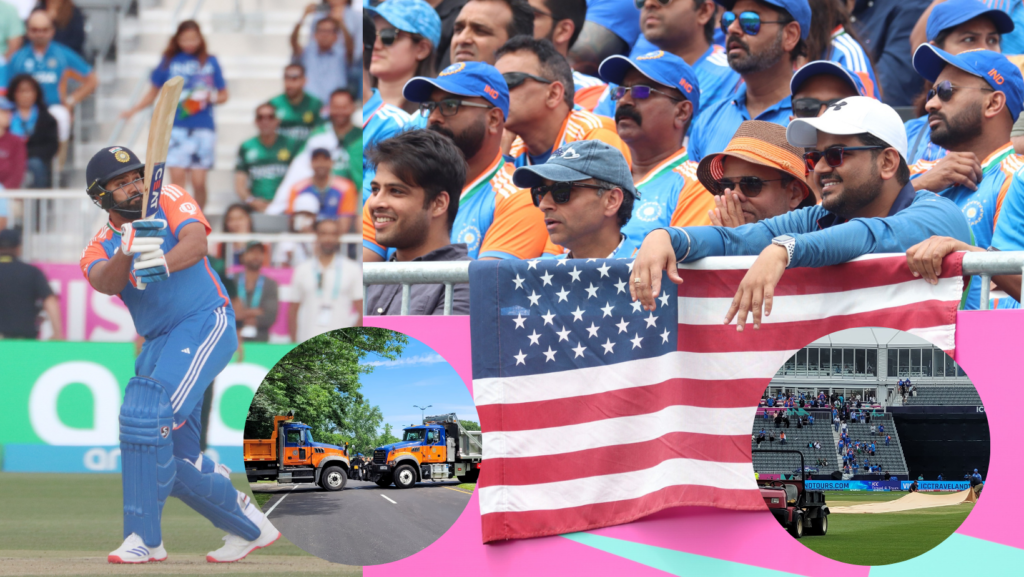
The New York leg of the T20 World Cup is over and the Nassau County Stadium is being dismantled. Rather, it has been. So how does one rate this leg of the competition? Was it a success and did cricket make serious inroads into the US mind space as it was hoped? Was it a partial success – building the stadium in 106 days, for example, was a real achievement and surely the ICC deserves praise. But what about the pitch and the outfield? Were they of a standard befitting the World Cup? Was security over the top and did it put off the common cricket fan? While it is all too easy for ICC senior management with all accreditations to say ‘Oh what a great experience’, the common fan who had to walk two kilometres to get to a game because of the security might beg to differ. Also, what about ticket prices? When you are playing to a television audience back home in India, why not reduced ticket prices that could allow you to fill the stadium on most match days?
From the standpoint of building the stadium in 106 days, and doing it from scratch braving weather issues and more, it was a fantastic job done. Anyone who was there told me that the facilities were first-rate. And to pull it off in New York was quite spectacular. But then, building a stadium and giving the fans a good spectator experience is one thing. Making sure the cricket on view was equally good to help make that experience memorable is a very different thing altogether. That’s where the New York leg failed. The pitches were poor. And that’s the ranking it deserves, at the very least – “poor”. No match resulted in a decent first innings score, and the highest run chase was 111 – India v the USA.
View this post on Instagram
If the pitch was downright poor, the outfield was worse. No ball would travel easily to the boundary and no batter got value for shots. In all, it dampened the experience for the fans. Ultimately, it is a contest between bat and ball, and just like you don’t want to watch 250-plus being scored every game with bowlers reduced to caricatures, you don’t want to see 110 scored in 20 overs either.
And ticket prices. The games started at 10:30am local time. It is a giveaway that you are not playing to local-market needs. Rather, you are playing to the needs of the Indian subcontinent. If that’s the case, why would you keep ticket prices high? Except the India-Pakistan and then India-USA, which was almost full by noon local time, other games didn’t have a capacity crowd – including India v Ireland. If you can’t sell out all India games in a 30k-capacity stadium, then you need to do better.
So what’s the way forward for cricket in the US? From ground reports, it is evident that the World Cup has been able to generate curiosity. Interesting marketing initiatives like taking it to the stock exchange, and an advert with the Statue of Liberty holding a cricket bat struck a chord with consumers. But how many locals actually went? Was it all the South Asian diaspora, or was there non-desi participation? While soccer, for example, is a very good participation sport in the US, it is not yet a massive spectator sport. Will cricket be a curiosity, or will the locals take to it?
Sadly, we don’t have definitive answers just yet. While we celebrate the building of the stadium in record time and that the World Cup has been played without any hiccup so far, whether the sport can take off in the US is a question still left unanswered.
View this post on Instagram